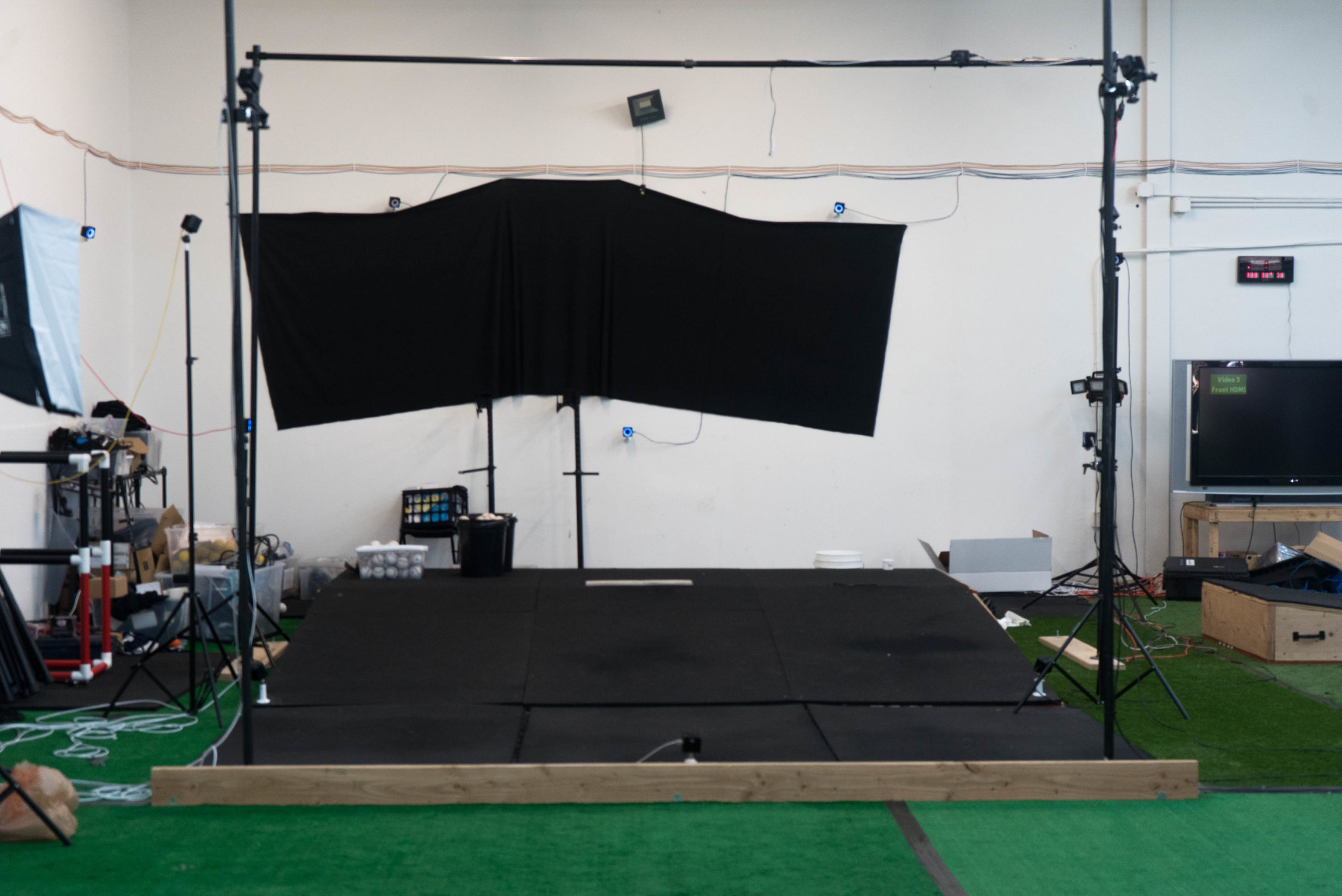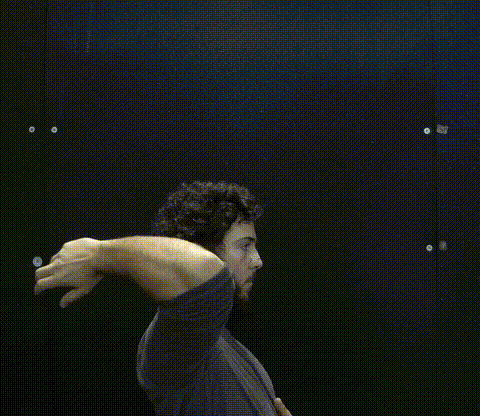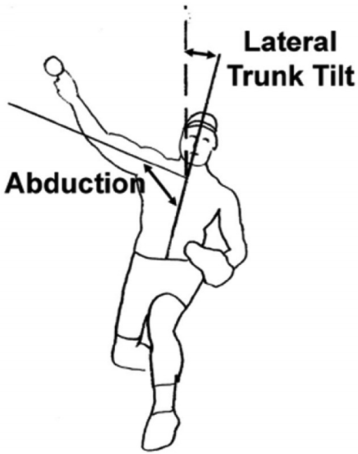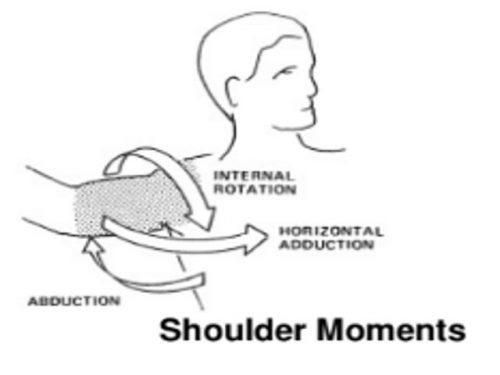6 Week Research Paper Recap

We recently had an article published on a six-week training program that took place at Driveline.
The research paper compared two snapshots, six weeks apart, to see what changes (if any) occurred in the pitchers that participated. The purpose of the study was the evaluate the effects of a six-week training period. It’s important to note that the study looked at the whole program, not just weighted-ball throws.
We wanted to see what effects weighted implements (weighted balls and Plyo Ball ®), manual therapy, weight lifting, and other modalities may or may not have on shoulder external rotation, elbow valgus stress, pitching velocity, kinematics, and kinetics.
For this blog post, we summarize the main findings into sections on biomechanics, range of motion, and velocity.
Disclaimer: Before we move further, the research paper is not the “Driveline is great, always, under any circumstances forever and always” paper. That is not the function of research papers in general, nor is it the function of this paper. Lastly, research is an ongoing and ever-changing process. Therefore, be wary of anyone who claims that a single paper proves a wide-ranging set of things, including this one.
Biomechanics
By comparing the entire group of 17 pitchers, we found four biomechanical parameters significantly changed:
- Internal rotational velocity increased.
- Shoulder abduction was lower.
- The shoulder was less externally rotated at ball release.
- Shoulder adduction torque was higher.
If we look at the pitchers in two groups, those that gained velocity and those that didn’t, there is not a significant increase in elbow-valgus stress. The elbow-torque values that were seen in this study were also found to be in a similar range to previous studies.
None of the metrics measured at stride-foot contact were found to be different when comparing pre and post analysis.
It’s been speculated before that weighted balls work by increasing arm speed, which is more technically referred to as internal rotation and elbow extension in biomechanics. The entire group did see an increase in internal rotational velocity, but not ball velocity. But if we look specifically at the velocity-increase group, there was a significant increase in both max-internal rotation and elbow-extension velocity. This suggests that there is likely a link between an increase in ball velocity and increase in internal rotation and elbow extension.

We also found that should abduction was lower. Shoulder abduction is defined as the angle between the side of the torso and the upper arm, or humerus. It went down significantly at ball release, from 97 to 93 degrees. Although it may depend slightly on the pitcher, it is generally seen that being closer to 90 degrees at release is a positive measure.

We found that the shoulder was less externally rotated at ball release, which may be a novel finding, because we couldn’t find much research on it. It will be interested to see if this finding continues to show up, or if it was a distinct change in the group of athletes that we had in this sample.
Lastly, we saw that shoulder-abduction torque was higher. Shoulder-abduction torque can be described as the resultant torque that pulls the shoulder upward. Shoulder-abduction torque was significantly higher in the velocity-decrease group and entire sample.

There were also some changes when looked at the velocity-increase and decrease groups separately. The velocity-increase group saw an increase in maximum-shoulder superior force. The velocity-decrease group showed decreases in maximum-elbow anterior force, max-elbow compressive force, max-elbow flexion torque, and max-shoulder compressive force.
The biomechanics reports in the study were not used to change athletes’ mechanics; they were specifically an observation. It’s unknown if the comparisons would be different if the biomechanics reports were used to drive training decisions.
This also brings up the importance of looking at the average results of a whole sample compared to an individual athlete. While you can take lessons from group averages, it’s important to remember that coaches are not working with a group of 17 pitchers, but 17 individual pitchers.
Range of Motion
Of the whole sample of pitchers, there were four range of motion measurements that were different.
- Shoulder internal rotation range of motion in both the dominant and non-dominant arms.
- Shoulder total range of motion for the dominant and non-dominant arms.
First, when the group was divided into those who gained pitching velocity and those who didn’t, neither showed a significant increase in shoulder external rotation. Our initial hypothesis that external range of motion would increase was not supported.
Second, external rotation did not increase biomechanically in our pre/post comparison.
It has been previously hypothesized that weighted balls largely work through increasing external range of motion, both passively and dynamically. This is likely because more external rotation has been associated with ball velocity in previous research and weighted balls, and Plyo Ball ® are often heavier than a baseball.
We’ve previously discussed the mismatch of this belief with biomechanical information that we do have on 6- and 7-oz balls. In short, it is confusing to assume weighted balls increase external rotation, and therefore elbow torque, when 6- and 7-oz balls have been shown to result in less elbow and shoulder torque than baseballs. This relationship may change as we learn more about the biomechanical changes of heavy weighted balls.
The more interesting finding in this group was the increase in internal-rotation range of motion. This is likely due to the mobility work and manual-therapy work available to the pitchers in the study.
In previous research on throwing, it’s been more often observed that lacking range of motion, both internal and external, has been seen to increase the injury risk for throwers.
Therefore, we may view this as a positive development that external rotation was fairly stable and internal rotation increased.
This, along with other research on short-term range of motion changes, suggests that ROM is more of a fluid measurement than a permanent measurement. Of course, there will be ranges that athletes will likely stay in due to anatomical differences and humeral retroversion. But ROM will also fluctuate depending on the previous workload and may also change depending on weight-room, mobility, and manual-therapy work.
The results of this study suggest that under the proper guidance and implementation of screening and mobility work, range of motion may be able to stay in a consistent range or possibly move in a positive direction (by more internal rotation) when throwing weighted balls and Plyo Ball ® in a throwing program.
Besides the range-of-motion measurements taken in the study, athletes at Driveline have their range of motion measured as a part of their training, and those measurement are used to adjust mobility work. Therefore, this is evidence that, if measured regularly, you can have positive changes in range of motion from screening and proper targeted implementation of mobility exercises.
Velocity
Of the whole sample, there was no change in velocity. Broken up into groups, 9 gained velocity and 8 lost velocity. It is important to note that the days that throws were collected were medium intent, not high intent, days. The athletes were told to throw as hard as they were comfortable throwing during the initial and follow-up sessions. While ball velocity is important it was not the main metric that were interested in examining as part of the 6-week training period.
The main focus of the study was not on velocity improvements but what biomechanical and range of motion changes (if any) would occur while doing the training. Based on previous research on weighted balls and our own results that we’ve published openly, the question on whether weighted balls can help develop velocity should be an unequivocal “Yes.”
Which means the question weighted ball research should turn to is: “Under which circumstances are weighted balls best applied?”
One thing that we did learn was how easy it is for pitchers to downregulate to a slower velocity when markered up. Therefore, velocities recorded while they threw were significantly lower than what we would see in gym clothes while throwing on a mound. This still holds true when we are having athletes throw at 100% intent; we generally see a 5 – 10 mph drop when throwing in sliding shorts with markers on compared to their best mound velocity.
Moving Forward
As we’ve mentioned in previous articles on weighted balls (here, here, and here), each paper aims to push us further towards better results for athletes. This paper helps point us more in the right direction.
This also suggests that we need to start looking more at pairings of different kinds of training, such as mobility and weight-room work, instead of looking at them individually, because more can likely be gained from pairing those specific types of interventions.
As a part of publishing through PeerJ, all the data is available at the bottom of the link to the paper.
This article was written by Research Analyst Michael O’Connell
Comment section